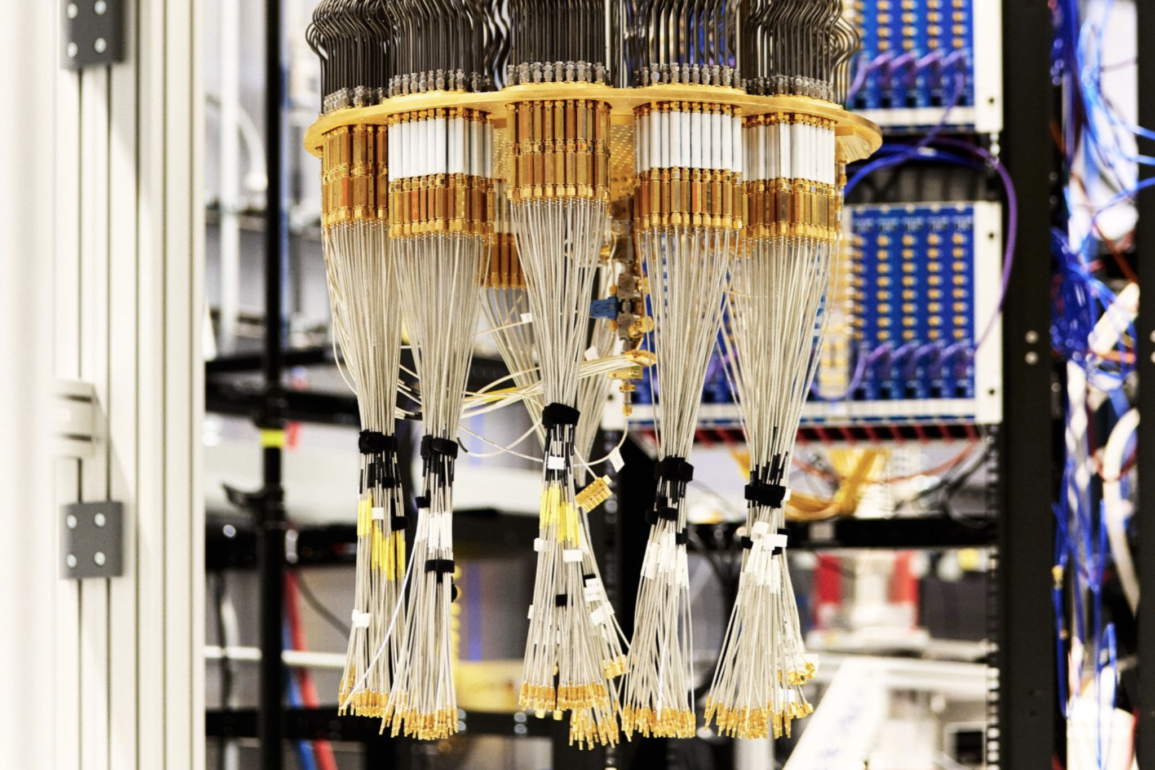In a quiet lab tucked away at Google Quantum AI, a breakthrough is rippling outward—one that could redefine the boundary between science fiction and practical computing.
Sundar Pichai, CEO of Google and Alphabet, announced on social media this week: “New breakthrough quantum algorithm published in Nature today: Our Willow chip has achieved the first-ever verifiable quantum advantage.” It was a terse message, but its implications are anything but modest.
A Moment Years in the Making
Quantum computing has long promised to outpace classical machines, to tackle problems our current supercomputers struggle with. But many of its claimed speedups have operated in realms that are hard to validate or replicate. W
hat sets this milestone apart, Google says, is not only the speed—Willow ran the algorithm, which Google calls Quantum Echoes, 13,000 times faster than the best classical algorithm on one of the world’s fastest supercomputers—but the verifiability of its result.
As Pichai explained, “And the result is verifiable, meaning its outcome can be repeated by other quantum computers or confirmed by experiments.”
In other words, this isn’t a one-off parlor trick. It’s a repeatable experiment, a rare and valuable quality in quantum computing.
Echoes in the Quantum Chamber
So what exactly is Quantum Echoes? According to Google’s research team, the algorithm exploits a phenomenon known as out-of-time-ordered correlators (OTOCs).
In layman’s terms, they perturb a qubit in the quantum system, then “reverse” the state evolution, listening for a kind of amplified “echo” that reveals how perturbations propagate through the system.
This echo is more than poetic metaphor—it’s a measurement technique. Through constructive interference, the signal becomes highly sensitive, offering a quantum “ruler” of interactions. Google physicists used this to probe molecular structure, performing what they describe as a kind of quantum-enhanced nuclear magnetic resonance (NMR).
Potential for Real-World Science
Pichai didn’t mince words about the future: “This new algorithm can explain interactions between atoms in a molecule using nuclear magnetic resonance, paving a path towards potential future uses in drug discovery and materials science.”
That’s not idle hype. If the technique can reliably map molecular interactions, it could one day accelerate the design of new pharmaceuticals, synthetic materials, or even better qubit systems themselves.
In a proof-of-principle experiment, Google’s team ran Quantum Echoes on their Willow chip for two molecules—one with 15 atoms, another with 28—and compared the results with classical NMR methods, finding not just agreement but additional structural insight.
Why “Verifiable” Matters
Quantum supremacy—or advantage—isn’t new. But past claims often came with caveats: hard to reproduce, or limited to toy problems with little practical value. What Google is heralding now, if sustained, could be a paradigm shift.
“This is the first time in history that any quantum computer has successfully run a verifiable algorithm that surpasses the ability of supercomputers,” the Google team wrote in their blog.
They emphasize that repeatability is the foundation for scalable verification—a key step toward practical applications.
In a blog post, Google also underscored that this achievement required long-term investment in hardware. The Willow chip itself boasts very high fidelities across its 105 superconducting qubits, and the team performed over one trillion measurements during the course of the experiment.
Cautious Optimism from the Quantum Community
The quantum-computing world is reacting with a mix of excitement and restraint. Some experts praise the result as a landmark because it’s not just fast, but verifiable. Others note this is still a carefully controlled laboratory experiment—and not yet a commercial product.
Indeed, a breakthrough in Nature journal does not mean a quantum computer is ready to sit on your desk. Scaling quantum hardware to fault-tolerant, error-corrected systems remains enormously challenging. As Google notes in its own roadmap, the journey toward a long-lived logical qubit is just beginning.
When viewed through the lens of history, Google’s latest achievement could be a turning point. As Pichai said, “This breakthrough is a significant step toward the first real-world application of quantum computing, and we’re excited to see where it leads.”
For now, Willow’s echo ripples mostly inside Google’s labs—and in the pages of Nature. But if future experiments corroborate these findings, we may be witnessing the opening chords of a quantum-powered age in materials science, medicine, and beyond.




